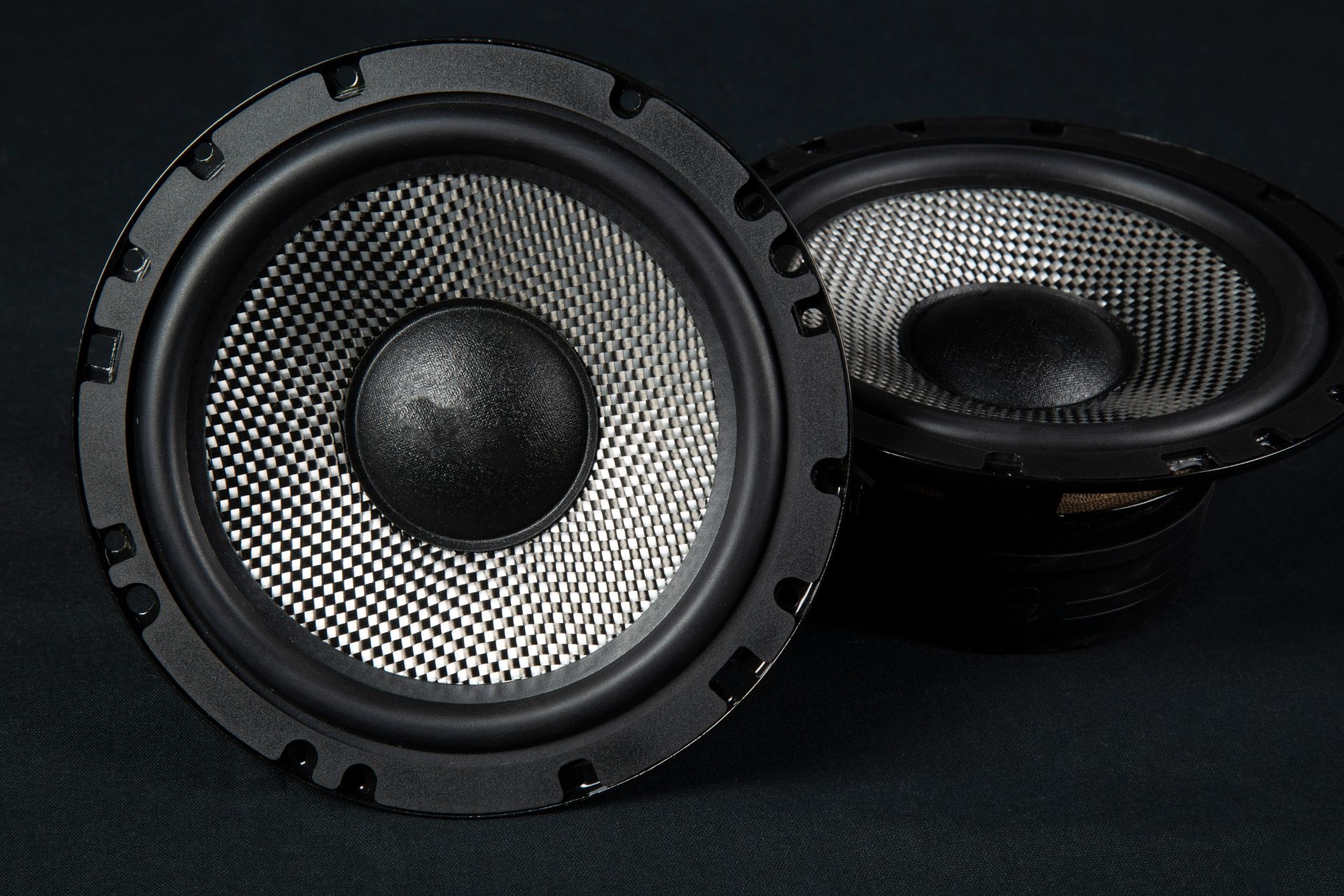Adaptive Filtering Algorithms
How does the least mean squares (LMS) algorithm work in adaptive filtering?
The least mean squares (LMS) algorithm in adaptive filtering works by adjusting the filter coefficients iteratively to minimize the mean square error between the desired output and the actual output of the system. It uses a gradient descent approach to update the filter weights in the direction that reduces the error. By continuously updating the filter coefficients based on the input signal and the error signal, the LMS algorithm converges towards the optimal solution.



